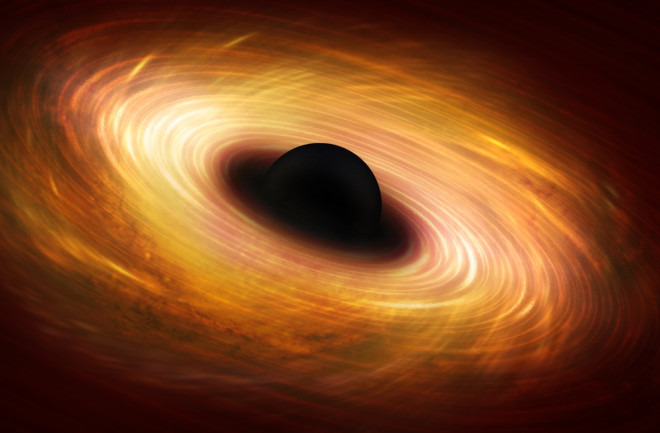Supermassive black holes take time to form. That’s why scientists are puzzling over the discovery of one that existed a mere 570 million years after the Big Bang, only 100 to 300 years after the first stars began to form in the nascent universe.
Observations from the James Webb Space Telescope (JWST) have indicated that the black hole – at the center of an early galaxy, CEERS 1019 – was busy some 13 billion years ago, sucking down gas and growing larger. Meanwhile, its host galaxy was creating new stars within its strange, primordial shape of three bright clumps surrounding the black hole.







